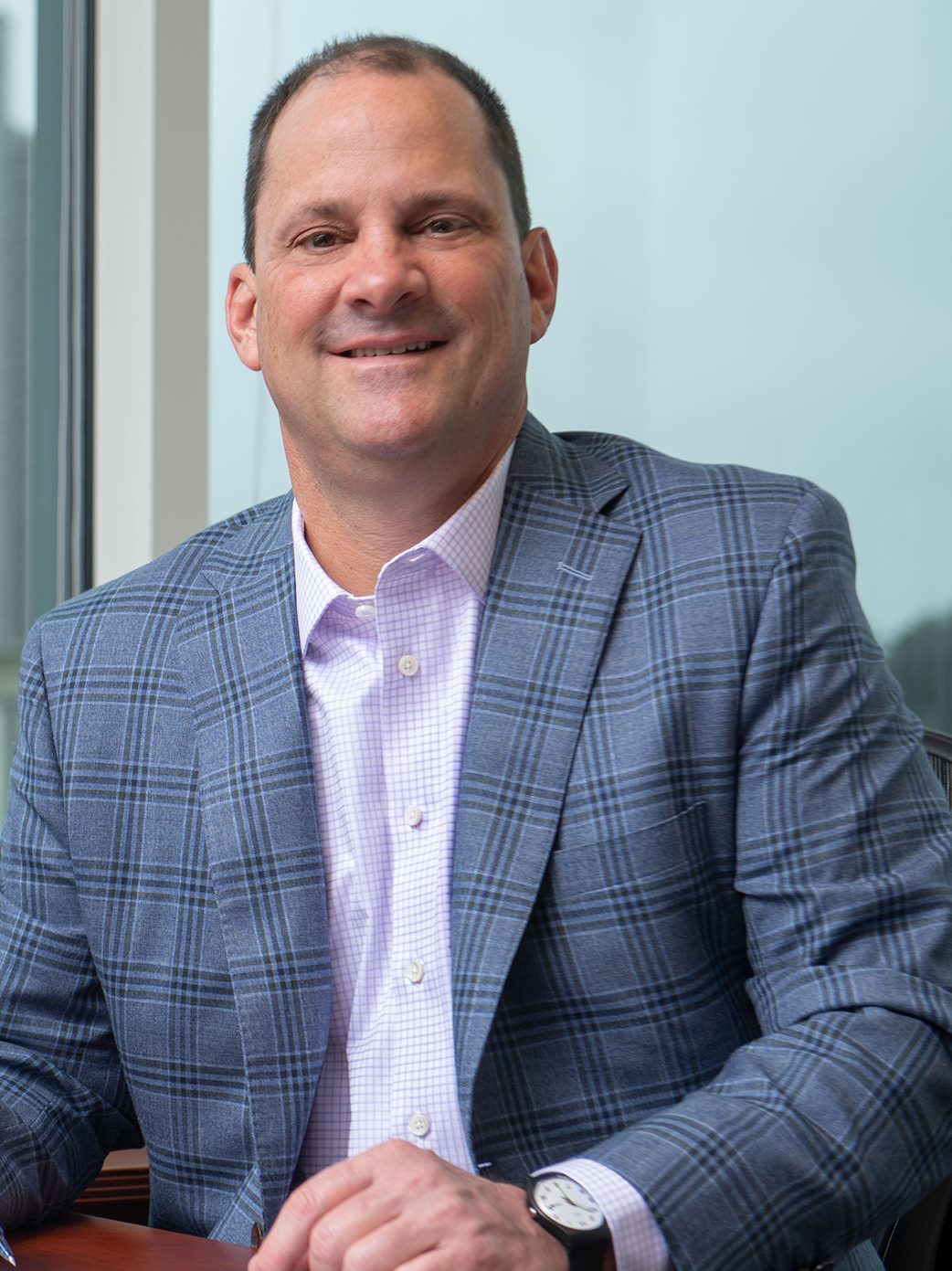In 2022’s changing market, non-QM has been a hot topic for many. HousingWire recently caught up with Steven Schwalb, managing partner of Angel Oak Lending, about the changes investor appetite has gone though for non-QM.
HousingWire: What is the investor appetite for non-QM and how has that changed over the past few years?

Steven Schwalb: The investor appetite continues to be strong even in today’s volatile market. Non-QM securitizations had their biggest supply year on record in 2021 and we are still hitting records today. In fact, in the first quarter of 2022, non-QM securitizations totaled $11 billion. Of that volume, $6.2 was in March. March just so happened to be a record month for Angel Oak as well.
As a leader in bringing back this asset class, we have continued to see more and more investors look to non-QM. One common criticism of these loans in the past was that they were not stress-tested and no one knew how they would perform under those conditions. Well, the COVID pandemic brought about economic conditions that tested the performance of non-QM and they came out quite well. Since then, we have seen more and more insurance companies and money managers become interested in investing with Angel Oak and the non-QM space. This bodes especially well for the future and non-QM’s anticipated growth.
HousingWire: With so many new lenders getting into non-QM, why is it more important than ever to work with the right non-QM lender?
Steven Schwalb: Non-QM is where we play, and we have laid a solid foundation as the leaders in non-QM. Angel Oak Mortgage Solutions focuses exclusively on non-QM and we have been setting records in volume. As an organization, Angel Oak has originated over $12B in non-QM. Recently we have seen an increased focus on non-QM, which has led a number of Agency lenders attempt to get into the space.
Since there are so many more options, it is more important than ever to work with the right firm. As we always say, wouldn’t you rather work with someone who has done 10,000 non-QM loans rather than 10? The key is to understand the important questions to ask. How long have they been doing non-QM? What percentage of their overall business is non-QM? What is their origination model? Do they need a pre-closing investor review? Those are but a few important ones.
Choosing the wrong lender puts not only your reputation at risk, but the relationship with your referral partner as well! What happens when the lender tells you they can do the loan with 20% down and then at the last minute, their end investor says no? They come back saying the borrower needs to put down 30%. We’ve heard many stories of that happening. How does that impact your relationship with that referral source? These examples do not happen at Angel Oak. Our vertical integration means our affiliate, Angel Oak Capital Advisors is the end investor. We know what they’re looking for when we issue a pre-qual, and we stand behind that. This relationship allows us to write our own guidelines and quickly update them based on market conditions. Our model is to originate to retain, not to sell. As well, we do not have to seek third party approval to do a loan – we are the end investor. Surety of execution, consistently enhancing guidelines and offering flexibility through our non-QM products sets us apart. Make sure to ask lenders you are considering these types of questions.
HousingWire: Non-QM is expected to grow significantly in 2022, where is that growth going to come from?
Steven Schwalb: A couple of areas. First, with increased education and awareness, more originators are beginning to offer non-QM. That means more opportunities for these underserved borrowers to qualify for a loan.
Second is from the significant growth in the number of borrowers who need it. Increased fees from the GSEs for second homes and high balance loans have borrowers looking for more affordable options. There is also a large population of self-employed in the U.S. today. Self-employed borrowers often need Bank Statement loans because they can’t qualify using tax returns. The Department of Labor estimates 30% of the U.S. workforce is self-employed. That is around 59 million people including gig economy workers. And this demographic continues to grow at a rapid rate. We also work with originators who close deals for real estate investors who own many properties and need options outside of Agency.
HousingWire: How have the changes in the agency space (GSEs/FHFA) impacted non-QM?
Steven Schwalb: A couple of changes have impacted the non-QM space. First, stricter guidelines including condos have caused more borrowers to fall out of Agency. We are seeing more condos deemed non-warrantable and we are helping originators with these fall-out scenarios. As well, Agency has increased fees for second homes and high-balance loans. As a result, our non-QM volume is increasing with originators looking for alternative solutions to get their deals closed. After all, this is what we do – helping borrowers left outside of Fannie Mae and Freddie Mac and giving them another chance. At the moment, the population of borrowers in this situation is increasing.
The bottom line is that our originator partners are telling us that Angel Oak and non-QM is providing them an opportunity in today’s market to capture more purchase volume. Investors see the growth and they feel more confident investing in our non-QM borrowers. There is ample growth ahead of us!
The post Is investor appetite for non-QM changing? appeared first on HousingWire.
